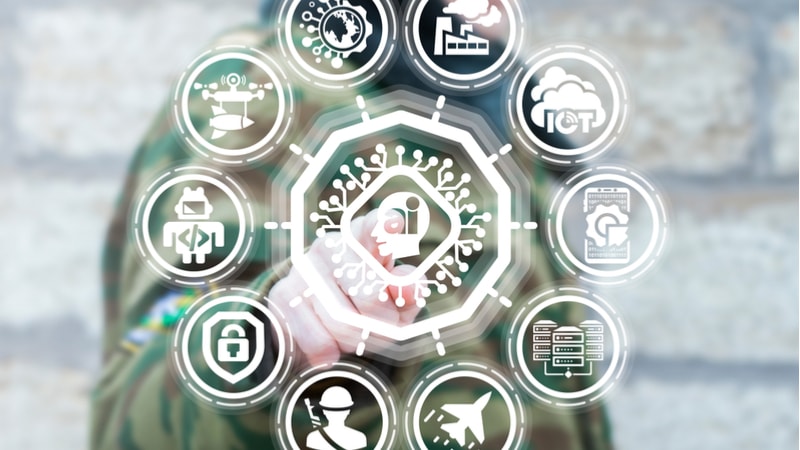
The Pentagon is on track to meet 2025 deadlines for the first iteration of its Replicator Initiative that aims to accelerate the delivery of innovative capabilities at speed and scale to warfighters, a senior official at the Defense Department’s (DoD) Defense Innovation Unit (DIU) said on Jan. 24.
DoD Deputy Secretary Kathleen Hicks announced the Replicator initiative last August. The first iteration of Replicator — coined Replicator One — aims to quickly roll out thousands of inexpensive autonomous systems by early- to mid-2025 to counter China’s military mass.
During a Jan. 24 Hudson Institute event, Aditi Kumar, DIU’s deputy director for Strategy, Policy, and National Security Partnerships, said the Pentagon has a lot of work ahead of it but remains on track to meet that 2025 goal.
Kumar explained that before the holiday break, Hicks selected a small number of capabilities “prioritized for the initial tranche.”
The team – led by DIU and working across DoD and with combatant commands and service branches – “is working to identify the barriers to acceleration the DoD needs to overcome to ensure those capabilities are fielded and in the hands of warfighters by that 2025 timeframe,” Kumar said.
Now that Hicks has made her capability picks, Pentagon officials are briefing members of Congress on their latest plans for Replicator and Replicator One, including plans to create artificial intelligence (AI) hubs to support the rollout of related technologies.
“We’re in the middle of briefing them right now on the capability selection, and all the things that I just laid out [regarding] our plans for delivering the capabilities,” Kumar said.
“I think it’s an interesting time, obviously, with the budget cycle to go to Congress with a portfolio,” Kumar said. “And so, we’re working with them on the best funding strategies to realize what we’re trying to do with [Replicator One] … They’re a partner to us as we try to execute these initiatives, and Replicator is obviously going to be the priority over the coming weeks.”
After the briefings to Congress, the Pentagon will release a public announcement with updates on Replicator and Replicator One. Pentagon officials have been tight-lipped about certain aspects of Replicator, including which specific systems are being selected to meet the capability needs.
“We must think through, you know, what parts of Replicator we want to speak about publicly, and then what parts we want to reserve because that is what the operational needs mandate. And so, the department is working through those, and then we’ll share information at the appropriate time,” Kumar said.
AI Hubs to Help Push Out New Capabilities
Kumar also explained that the training and information strategy piece of the intuitive is a huge focus for the team.
“We’ve got all the right experts, data, and AI training … [Chief Digital and AI Office] is a great partner in this helping us think through, you know what that piece needs to look like. So, it’s bringing all of those together so that when we deliver this in the end, it is the full capability,” Kumar said.
Margaret Palmieri, deputy chief digital artificial intelligence officer, said autonomy is an area where the Chief Digital and AI Office (CDAO) is working to help the Pentagon push out new capabilities. She explained that the CDAO is building off previous work conducted by the Joint Artificial Intelligence Center, which was eventually folded into the CDAO.
“For several years, DoD has been looking at how do you really do unmanned autonomy enabled by AI. And so, Replicator is here at a really great time,” Palmieri said during a separate panel discussion at the Hudson Institute event.
To help push out this and future capabilities the Pentagon also plans to build AI hubs, Palmieri explained.
“We’re looking at how to do an AI data hub as part of Replicator to accelerate that learning across multiple companies and different services,” she said. “I think the autonomy use cases are front and center in our mind. And to bring those best practices, we are really focused on … not necessarily all the potential AI projects that we could do inside of CDAO, but how do we enable all the other organizations inside the government to have access to labeled data and not have to go find it themselves,” Palmieri said.
Palmieri did not talk about details on when the envisioned hub might be established.
